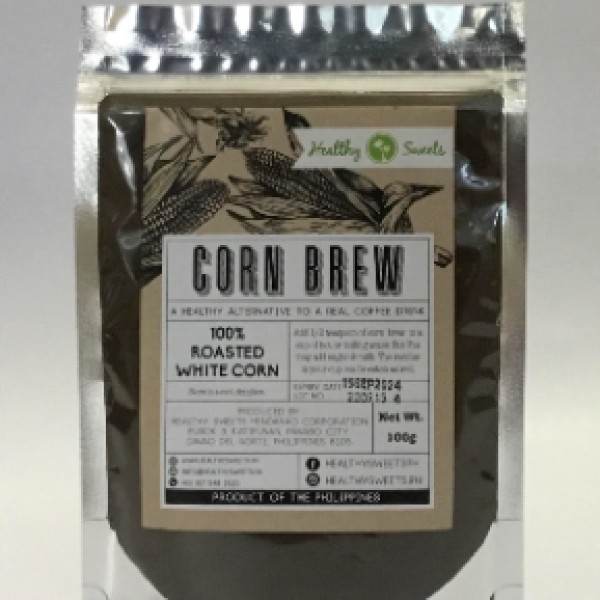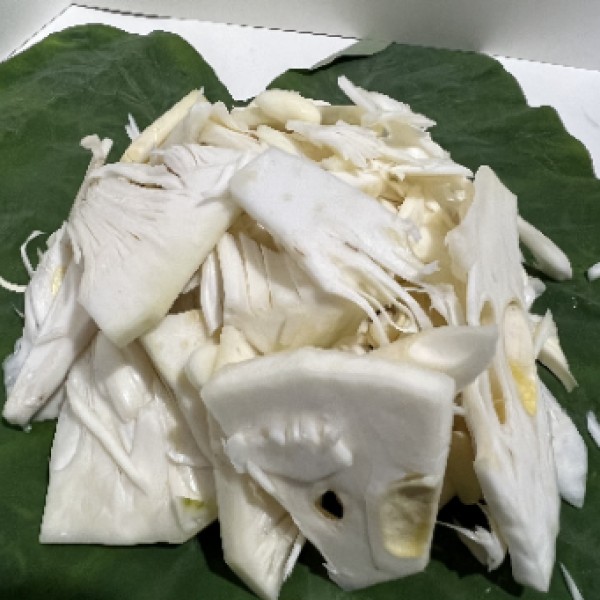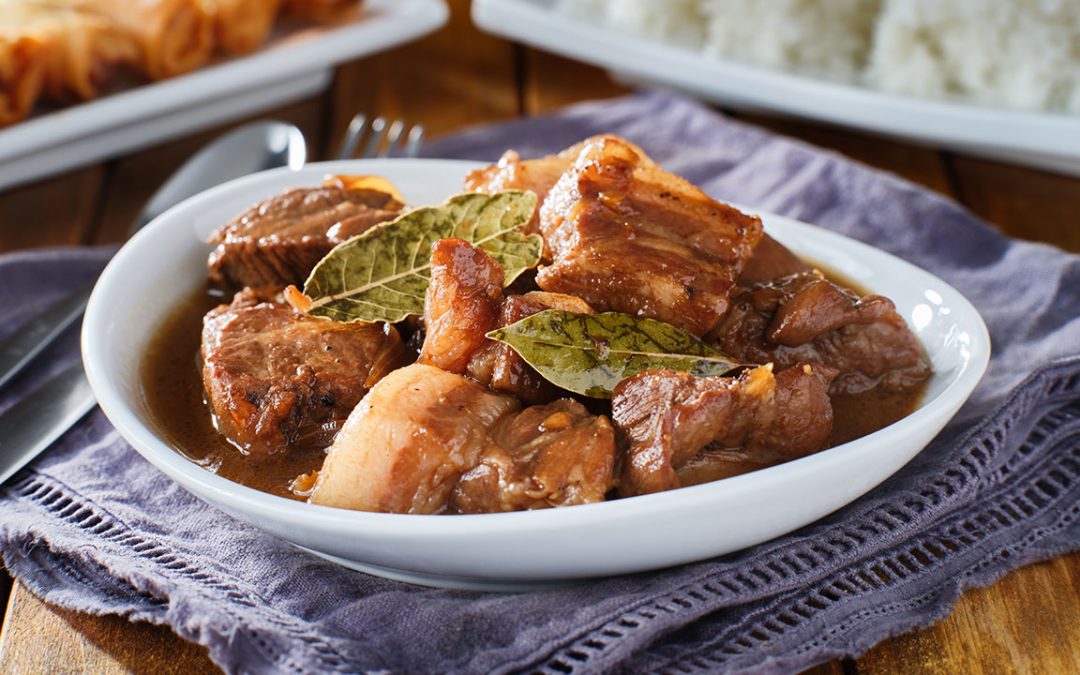UNILAB, INC. (SEKAYA NATURAL INGREDIENTS)
Sekaya Calamansi Juice Powder - Freeze-dried
Product Description:
Sekaya Calamansi Juice Extract is pure calamansi juice in freeze-dried and spray-dried forms. Calamansi is a ubiquitous citrus fruit widely cultivated in the Philippines. It is a small and round fruit with a very intense flavor and tartness that reminds one of lime blended with mandarin orange. In the Philippines, it is used in various condiments, beverages, dishes, marinades, and preserves. The juice is extracted by squeezing the whole fruit. Much like lemons, the ratio to make a refreshing beverage is 1:10, and an interesting substitute to lemons or limes in cocktails. It is often served as a hot beverage to give relief for people with cough or colds and even flu. The unripe fruit, with its skin still green, is handpicked. This sour fruit is rich in vitamin C, and antioxidants, as well as potassium, vitamin A, and calcium. In a small clinical study, a glass of sweetened calamansi juice beverage measured a glycemic index of 37, much less than the safe level of 55 GI.
Variants:
200g, 20kg
Product Type:
Processed
Market Availability:
Worldwide
Net Weight per Pack:
200g, 10 Kg
Allergen:
Ingredients/raw materials used:
Calamansi Pulp Juice Extract
Process/es:
Freeze-dried
Sources:
Calamansi Pulp Juice Extract
Shelf Life:
24 Months
Major Export Markets:
Australia, Canada, Germany, South Korea, South Korea, Switzerland, United States of America
Certifications:
FDA-LTO/CPR, HACCP
Packaging:
200g Kraft Bag, 20kg Box With Liner
Minimum Order Size:
One Pallet
Category:
Beverages, Beverages
Export Ready?:
Yes
Enjoying Malabon and Pampanga’s food without traveling
Instead of going out-of-town to enjoy Pampanga’s pindang damulag or Malabon’s puto pao, two individuals have made it possible to enjoy their city’s specialties at the comfort of your own home.
Enjoying mangoes when its season is done
It’s a dessert in itself, with its bold sweetness, subtle tart, and fruity notes.
Identifying Filipino cuisine through its regions
Taking a tour from north to south, one will discover that adobo varies not only in taste but also in the ingredients used and the cooking methods applied.










